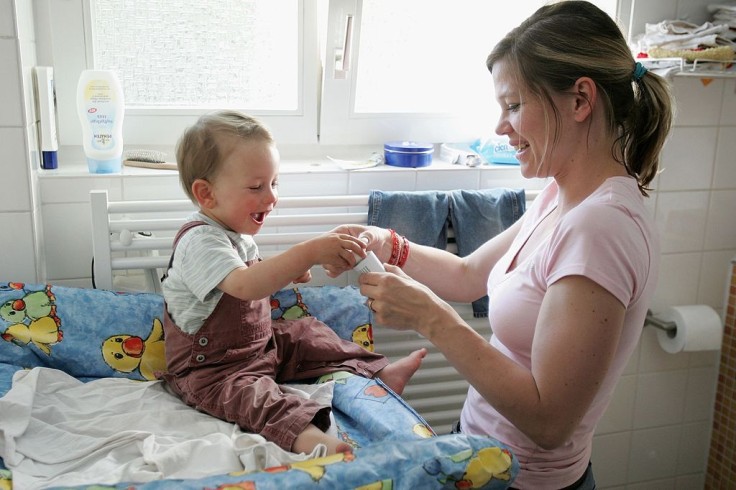
At 16 months, toddlers are honing their walking and talking abilities. They are probably walking confidently and can say a few words on their own.
At this age, kids seem to learn and grow daily, and in the coming months, they are probably to broaden their vocabulary to around 20 words.
Developments Parents Can Observe in Their 16-Month-Old Child
Physical Challenges and Fine Motor Skills
At 16 months, the child likely enjoys physical challenges. Confident in their walking abilities, they may try to carry heavy items, such as a box of blocks.
Their fine motor skills are developing rapidly, leading them to want to turn book pages, stack blocks into towers, and scribble on accessible surfaces.
They understand more than they can express, so narrating your activities and listening to their attempts at conversation can support language development. It's crucial to childproof your home, especially the kitchen, to ensure safety.
Language and Cognitive Development
The child's vocabulary is developing, and they may know up to seven words, but they still rely on gestures and nonverbal communication.
They understand much more than they can articulate, so speak clearly and use simple words. Encourage their vocabulary by discussing their experiences and naming sounds and objects around them.
Reading stories together, even if they prefer pointing at pictures, enhances their understanding and interest in language.
Social and Emotional Development
Observe the child's attitude and adapt to their needs. Respect their need for a predictable schedule or extra time to warm up in new situations.
Meltdowns are normal, so respond with empathy rather than dismissing their feelings. Fear of loud noises is common; offer reassurance and help them manage their reactions.
Impulsive Behavior and Discipline
The toddler is testing boundaries and exploring their surroundings. They're inquisitive and impulsive, which can lead to outbursts or aggressive behavior.
Respond coolly, set clear and constant limits, and give alternatives to undesired actions. Teach them manners by modeling "please" and "thank you," and understand that imitation is an effective learning tool.
Sleep and Bedtime Routines
Build a constant bedtime routine to assist the child in winding down. This might include a snack, bath, pajamas, tooth brushing, and reading a book.
Expect the child to drop the morning nap between 15 and 18 months, shifting to one longer nap in the afternoon. Ensure this nap isn't too late to avoid bedtime disruptions.
Provide a quiet activity during the former morning nap time to help them rest without falling asleep.
Milestones of a 16-Month-Old Baby
Car Seat Battles and Social Interactions
Strapping the toddler into a car seat can be difficult. Use distractions or engage them in helping to make the process smoother.
The toddler is learning social skills through basic interactions like waving, smiling, and playing peekaboo. They can also initiate affection, mirroring the hugs and kisses they receive from you.
Play and Exploration
Encourage the toddler's curiosity by providing safe opportunities for sensory exploration and imitation. Play kitchens, tool sets, and grocery carts allow them to mimic adult activities, reducing frustration about being too young for certain tasks.
Fun Games and Walking Activities
Engage the toddler with playful activities. For example, you can play a squatting game: hold their hands and chant a rhyme while squatting together.
If walking is still a challenge, help them practice by having them stand against a wall and step toward you. Gradually increase the distance to boost their confidence.
Stacking, Drawing, and Painting
The toddler's dexterity is improving. They might stack blocks and immediately knock them down, turn book pages one by one, and eagerly scribble with crayons.
Supervise coloring activities closely to avoid unwanted scribbles on furniture and walls. Introduce finger painting by making your paint with flour, water, and food coloring, and let them paint on waxed paper.
Save their artwork by pressing regular paper over it and letting it dry.
By recognizing and supporting the toddler's physical, emotional, and cognitive development, you can establish a nurturing environment that enhances their growth and learning.
Related Article : Achievements and Growth of an 8-Month-Old Infant: Developmental Progress and Milestones